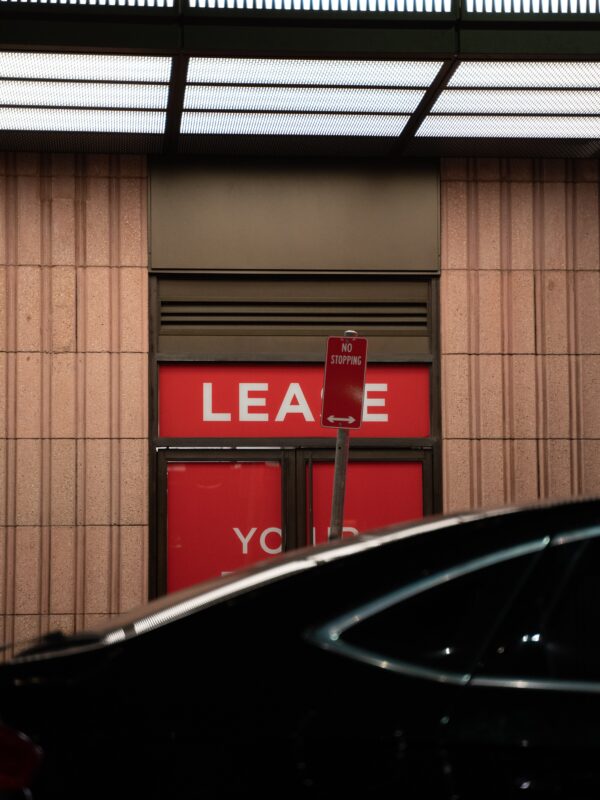Introduction
Lease agreements play a pivotal role in the world of real estate and property management. Whether you’re a landlord looking to rent out your property or a tenant, understanding lease agreements is essential to protect your rights and ensure a smooth and mutually beneficial relationship. In this blog, we will explore the key aspects of lease agreements, their significance, and some vital points to consider before signing one.
What is a Lease Agreement?
A lease agreement, often known as a rental contract, is a legally binding contract between a landlord (lessor) and a tenant (lessee). It outlines the terms and conditions under which the tenant will rent the property from the landlord for a specified period. The lease agreement serves as a crucial document that establishes the rights, obligations, and responsibilities of both parties during the tenancy.
A lease agreement is a legal document that outlines the terms and conditions of renting a property. It specifies the rights and obligations of both the landlord and the tenant, such as the duration of the lease, the amount of rent, the security deposit, the maintenance responsibilities, and the rules of conduct. A well-written lease agreement can help prevent disputes, protect your interests, and ensure a smooth rental experience.
Key Elements of a Lease Agreement
- Parties Involved: The lease agreement should clearly identify both the landlord and the tenant by their legal names and addresses. Additionally, it should mention the property’s address and details, such as the unit or apartment number.
- Lease Term: The lease agreement specifies the duration for which the tenant will occupy the property. This term is commonly one year, but it can be shorter or longer depending on the parties’ preferences and local laws.
- Rent and Payment Terms: The agreement should clearly state the monthly rent amount, the due date for payment, and the acceptable payment methods. It might also include information on late fees for delayed payments.
- Security Deposit: The lease agreement typically outlines the security deposit amount and the conditions under which it will be refunded to the tenant, usually after the lease term ends.
- Maintenance and Repairs: It’s essential to address the responsibilities for maintenance and repairs. The lease should specify who is responsible for certain types of repairs and how they should be reported.
- Rules and Regulations: The agreement may include rules and regulations related to the use of the property, such as whether pets are allowed, noise restrictions, and other community guidelines.
- Subletting and Assignment: Some lease agreements may have clauses regarding the tenant’s ability to sublet the property or assign the lease to another party with the landlord’s consent.
- Termination and Renewal: The process for terminating the lease at the end of the term and the conditions for renewal should be clearly outlined.
Importance of a Well-Defined Lease Agreement
A well-drafted lease agreement provides several benefits for both landlords and tenants:
- Legal Protection: A comprehensive lease agreement helps protect the rights and interests of both parties, reducing the likelihood of disputes.
- Clear Expectations: By outlining the terms and conditions, the agreement sets clear expectations for both the landlord and tenant regarding their respective roles and responsibilities.
- Dispute Resolution: In the event of a disagreement, the lease agreement can serve as evidence in legal proceedings, facilitating dispute resolution.
- Stability and Security: A stable and secure tenancy benefits both the landlord, who gains consistent rental income, and the tenant, who has a stable living situation.
- Avoiding Misunderstandings: A detailed lease agreement minimizes the chances of misunderstandings, as everything is put in writing and agreed upon beforehand.
Lease Agreement Template
Conclusion
However, every rental situation is different and may require additional clauses or modifications to suit your specific needs. Therefore, it is advisable to consult a lawyel before finalizing your lease agreement. They can help you review your document, ensure its compliance with the law, and advise you on any issues or questions that may arise.
When carefully crafted, these agreements protect the rights and interests of both parties, providing clarity and stability throughout the lease term. Whether you are a landlord or a tenant, it’s crucial to thoroughly review and understand the terms of the lease agreement before signing. Attorneys of My Legal Pal are their to provide legal assitance in drafting or reviewing Lease Agreements for your premises.

